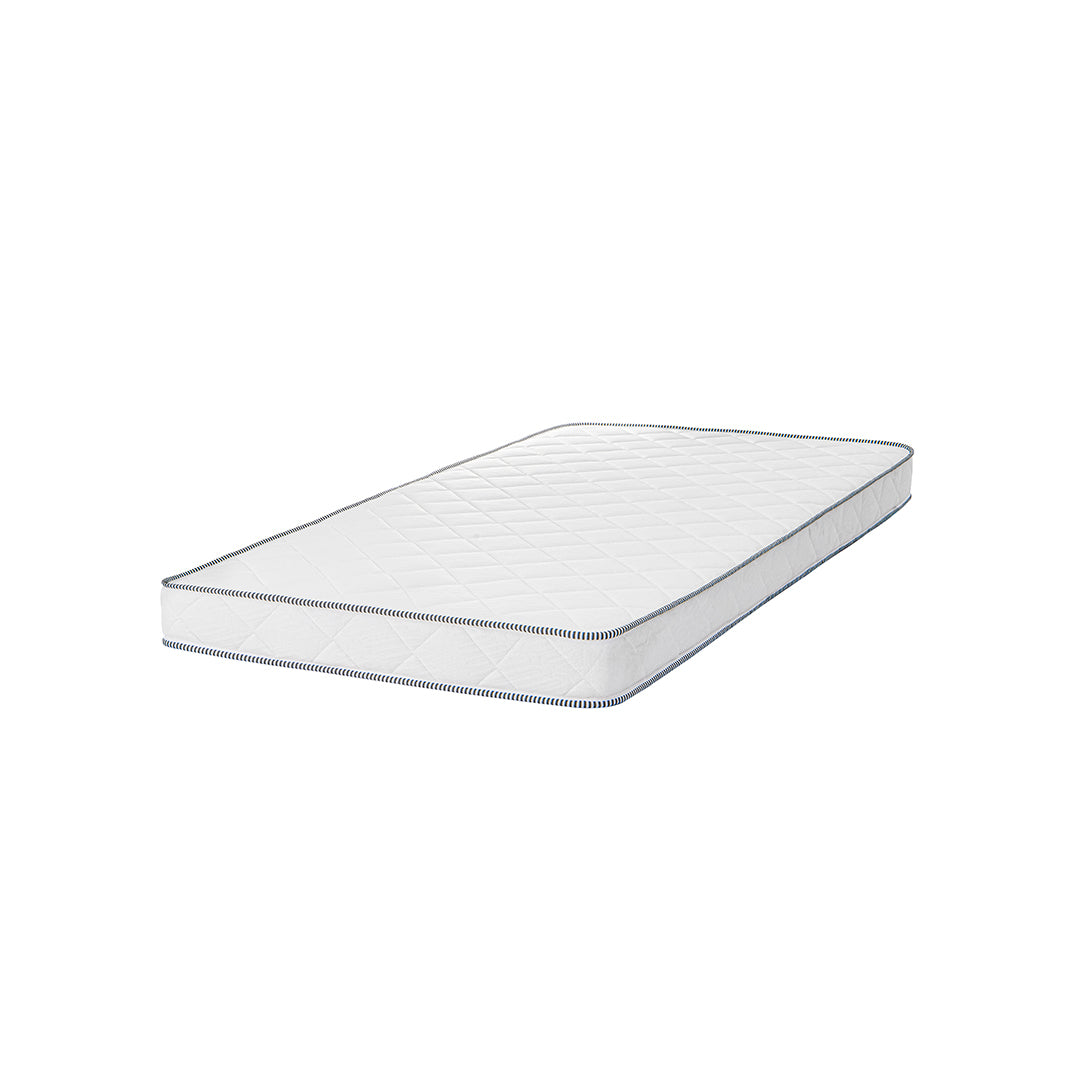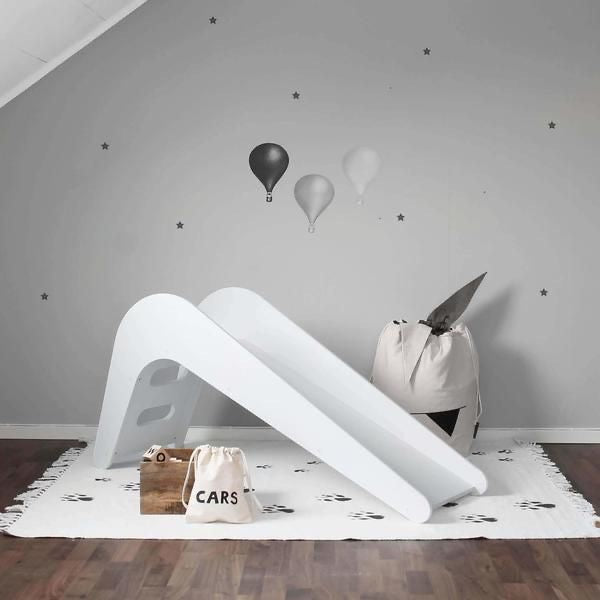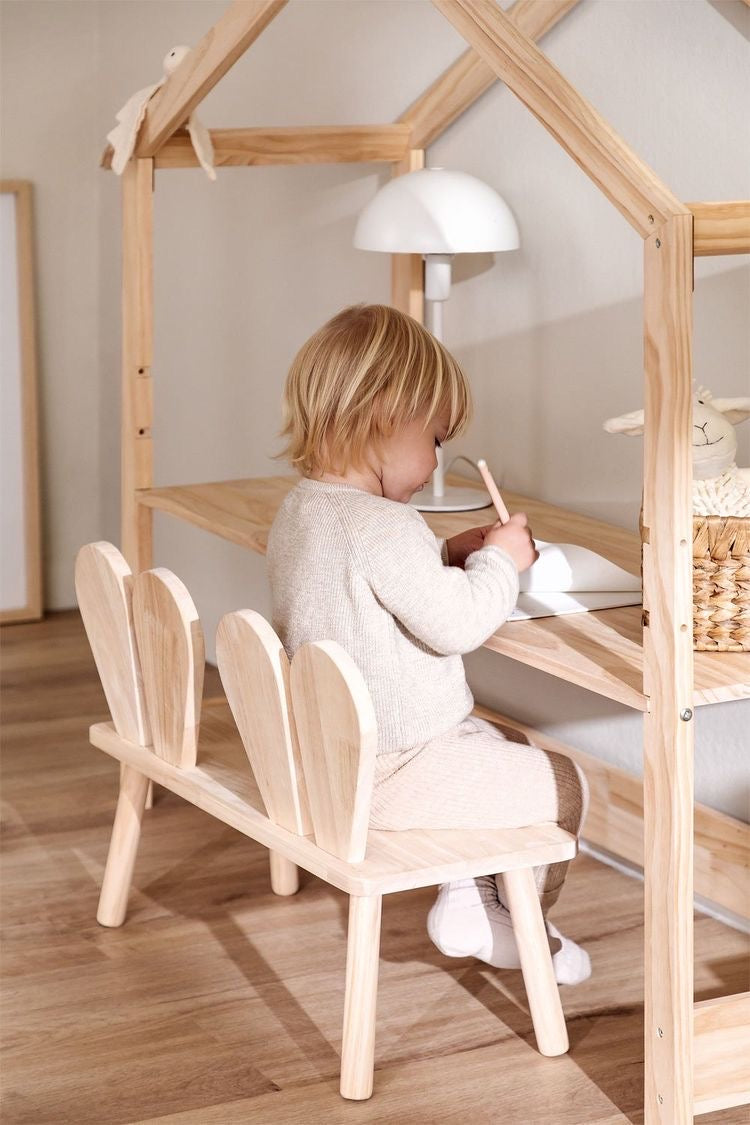Building a Sensory Room for Kids: Fun and Educational Ideas
Imagine a dedicated space where children can engage all their senses in a safe, nurturing, and inspiring environment. This is the essence of a sensory room for kids: a thoughtfully designed space that supports cognitive development, calms anxieties, and encourages creativity through hands-on, multi-sensory experiences.
Whether you're designing this kind of room at home, in a school, or within a specialized therapy center, the key lies in choosing the proper setup, layout, and kids accessories.
Especially in the UAE, where families value high-quality learning environments and modern interior aesthetics, building a sensory room offers a rewarding opportunity to blend education, design, and wellness in one holistic space. This comprehensive guide explores creating a well-balanced, purposeful sensory room that promotes learning, engagement, and growth.
Why a Sensory Room for Kids Is Essential:
Every child experiences the world differently. Some thrive in highly stimulating settings, while others require soothing spaces to process information effectively. A sensory room is a tailored environment where visual, tactile, auditory, and proprioceptive experiences are curated to fit each child’s needs.
In the UAE, where early intervention services and special education support are growing, sensory rooms are increasingly found in homes, inclusive schools, and pediatric clinics.
Here’s why they matter:
-
Emotional Regulation: Carefully selected sensory inputs, whether calming lights or deep pressure accessories, help children manage big emotions, reducing meltdowns and promoting self-soothing behaviors.
-
Enhanced Focus and Learning: By engaging multiple senses simultaneously, children are more likely to retain information, follow instructions, and participate in guided learning.
-
Physical and Motor Skill Development: Movement-based play builds coordination, balance, and strength, especially beneficial for children with delayed motor milestones.
-
Creative and Cognitive Exploration: Unstructured sensory activities foster experimentation and independent problem-solving, essential skills for cognitive growth.
Planning Your Space: Foundational Considerations:
Before you begin adding décor or furniture, take time to assess the room’s functional purpose and practical limitations. Effective planning ensures you create a space that is adaptable, safe, and developmentally supportive.
-
Room Size and Layout: Even a compact area in a villa or apartment can be transformed. Choose a quiet corner away from loud traffic or electronics. Ideally, select a space where natural light can be softened and controlled.
-
Age and Usage: Are you designing for toddlers, school-age children, or a mix? Will siblings or therapy clients use it together? These factors affect furniture sizing, safety requirements, and supervision needs.
-
Sensory Preferences: Some children may require more calming experiences, think soft textures and dim lighting, while others benefit from active, stimulating setups. Ideally, a well-rounded sensory room includes both.
-
Cultural and Climate Considerations: In the UAE’s warm climate, breathable fabrics, temperature-regulating materials, and air circulation are vital. Opt for accessories that can withstand frequent AC exposure and high humidity levels.
Must-Have Sensory Components and Accessories
Creating a sensory room means engaging a full range of senses thoughtfully and cohesively. Below are key categories, complete with examples of what to include.
Visual Stimulation
Visual input plays a central role in mood regulation and attention.
-
LED Light Strips & Fiber Optic Curtains: These provide a soft, glowing ambiance, often with color-changing effects that mesmerize and relax. Some versions are touchable, adding a tactile element.
-
Projector Lamps: Project whimsical scenes onto the walls or ceiling, think underwater life, outer space, or gentle clouds. These visual narratives stimulate imagination and help ease anxiety.
-
Mirrored Panels and Light Tables enhance visual perception and help children understand light reflection and shadows. Light tables are excellent for tracing shapes and playing with transparent objects.
Tactile Exploration
Touch-based learning builds motor coordination and sensory awareness.
-
Textured Wall Panels: Create panels featuring velvet, burlap, foam, corduroy, or sandpaper. Mounted at child height, these let kids explore textures independently.
-
Weighted Lap Pads or Blankets: These provide deep-pressure stimulation, often helping children with sensory processing issues feel grounded and calm.
-
Sensory Bins: Fill clear tubs with kinetic sand, lentils, foam beads, or water beads. Incorporate scoops, funnels, and themed toys for added engagement.
Auditory Engagement
Sound can calm, alert, or entertain if introduced with care.
-
White Noise and Nature Sound Machines: These help block external distractions while creating a consistent, peaceful backdrop. Ideal for naptime or quiet breaks.
-
Handheld Musical Instruments: Shakers, bells, tambourines, and rain sticks allow children to explore cause and effect, rhythm, and coordination.
-
Noise-Canceling Headphones: Especially useful in shared spaces, these give children control over their auditory environment and reduce sensory overload.
Movement and Proprioception
Physical interaction enhances body awareness and stress release.
-
Indoor Swings or Cocoon Chairs: If ceiling height and structure allow, a soft fabric swing offers gentle vestibular motion that soothes the nervous system. In apartment settings, consider freestanding swing frames.
-
Balance Boards and Rockers: Promote core strength and coordination. Choose designs with anti-slip surfaces for safety.
-
Climbing Blocks or Crash Mats: Soft foam shapes encourage climbing, jumping, and rolling, essential for developing gross motor skills.
Smell and Taste
Although used sparingly, olfactory and gustatory elements add another layer of sensory richness.
-
Child-Friendly Diffusers: Use mild essential oils like lavender or chamomile, ensuring diffusion is gentle and supervised.
-
Food-Based Sensory Play: Incorporate edible playdough or taste-safe finger paints. With proper hygiene, this allows exploration of flavors and textures safely.
Organizing and Maintaining the Room
Once set up, your sensory room should be inviting and manageable for children and caregivers alike.
-
Defined Zones: Designate separate spaces for movement, calming, tactile play, and reading. Use rugs or lighting to separate these zones visually.
-
Accessible Storage: Open bins, labeled drawers, and wall-mounted organizers ensure toys and tools are easy to find and put away. Teach children to take part in tidying up to build responsibility.
-
Rotation and Refresh: Keep the room fresh by swapping out toys and décor monthly. This keeps children interested without overstimulation.
-
Cleanability: Choose wipeable, non-porous surfaces and machine-washable accessories. In UAE homes with marble or tiled floors, foam mats can provide cushioning and are easy to clean.
Engaging Children and Caregivers
The best sensory rooms evolve with input from their users. Let children help pick wall colors, fabric textures, or light features. Caregivers, educators, and therapists can offer valuable insights into what strategies support each child’s unique needs.
Educational Enrichment: Learning Through the Senses
A sensory room isn’t just for regulation, it can also enhance learning.
-
Montessori Learning Aids: Tools that combine visual, tactile, and auditory input, such as letter tracing boards or tactile number puzzles, reinforce early literacy and math skills.
Thematic Sensory Bins: Rotate seasonal or curriculum-based bins (e.g., desert animals, UAE heritage, Ramadan symbols) to combine cultural learning with sensory exploration.
-
Fine Motor Development: Use peg boards, lacing cards, and puzzle mats to build hand-eye coordination and problem-solving.
Where Creativity Meets Comfort and Purpose
In the heart of every sensory room lies a promise: to honor each child’s sensory journey. Whether you’re designing a sensory room for one child or a community of learners, your space can become a sanctuary where discovery, learning, and calm coexist. With thoughtful planning, high-quality kids accessories, and a child-centered mindset, your sensory room can offer not just stimulation but meaningful, joyful connection.






